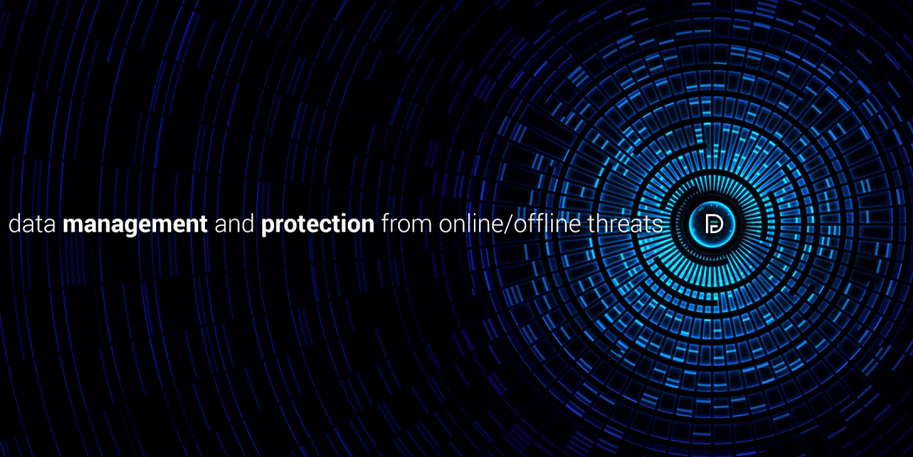Context-aware security analysis is crucial for accurately assessing the severity and impact of security incidents. Here are some examples:
- Contextual understanding: AI enhances the context-aware analysis of security incidents, reducing false positives by considering the specific context of activities within the cloud environment
- Behavioral analytics: ML models can analyze user and entity behavior, helping to distinguish between normal and suspicious activities
Automated policy enforcement
Intelligent automated policy enforcement can significantly improve the security posture by ensuring that cloud resources and configurations adhere to predefined security policies and compliance standards. This automation helps organizations maintain a secure and compliant posture in their cloud environments, such as the following:
- Automated remediation: Intelligent automation can enforce security policies by automatically remediating non-compliant configurations or security vulnerabilities, ensuring that cloud resources adhere to predefined security standards
- Policy optimization: ML algorithms can optimize security policies based on evolving threats and the changing nature of the cloud environment
Enhanced User and Entity Behavior Analytics (UEBA)
AI and ML can play a pivotal role in enhancing UEBA by providing advanced capabilities for analyzing, modeling, and predicting user and entity behaviors within a system. Some of the capabilities are as follows:
- Insider threat detection: AI and ML can enable more accurate detection of insider threats by analyzing user behavior and identifying anomalous patterns
- Adaptive access control: Intelligent automation can dynamically adjust access controls based on user behavior, reducing the risk of unauthorized access
Efficiency and scalability
AI and ML can significantly enhance efficiency and scalability in various domains, including CSPM. Here are some examples:
- Automated scaling: AI and ML enable CSPM solutions to efficiently scale to handle large and complex cloud environments. This ensures that security monitoring and response capabilities keep pace with the dynamic nature of cloud infrastructure.
- Scale automated threat detection: ML algorithms can analyze vast datasets in real time to detect patterns indicative of security threats. Automated threat detection scales easily to handle a growing volume of data and an increasing number of potential threats without a linear increase in human resources.
Continuous improvement
Implementing CSPM by leveraging AI and ML can enhance the effectiveness, accuracy, and adaptability of security measures over time. Here’s how AI and ML contribute to the continuous improvement of CSPM:
- Self-learning systems: ML-powered CSPM solutions continuously learn from new data and security incidents, improving over time and adapting to emerging threats
- Feedback loop integration: Intelligent automation incorporates feedback from security analysts, enabling the system to iteratively refine its algorithms and response mechanisms
The evolving role of intelligent automation in CSPM is marked by a shift toward proactive and adaptive security measures. By using AI and ML-leveraged CSPM tools, organizations can not only detect and respond to security threats more effectively but also maintain a resilient and secure posture in the face of evolving cyber threats and cloud environments.
